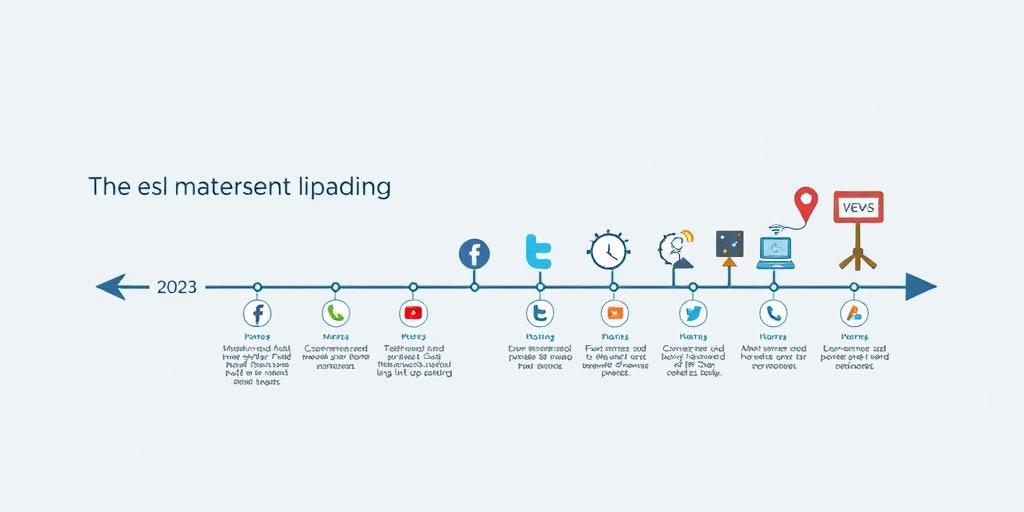Building a personal brand online has evolved dramatically from the early 2000s to the 2020s. Understanding this evolution is crucial for anyone looking to establish a strong online presence. This guide provides a comprehensive overview of the key strategies and platforms that have shaped personal branding over the past two decades.
The Early 2000s: The Dawn of Blogging and Social Networking
The early 2000s marked the beginning of online personal branding. Key platforms and strategies included:
- Blogging: Platforms like Blogger and LiveJournal allowed individuals to share their thoughts and expertise. Consistent blogging helped establish authority and build an audience.
- Early Social Networks: Sites like MySpace and LinkedIn provided basic networking opportunities. MySpace was more about personal expression, while LinkedIn focused on professional connections.
- Personal Websites: Having a personal website was a sign of digital savviness. These sites often served as a central hub for one's online identity.
The Late 2000s: Social Media Takes Center Stage
The late 2000s saw the rise of major social media platforms that reshaped personal branding:
- Facebook: Emerged as a dominant social network, allowing individuals to connect with friends, family, and professional contacts. Creating a professional-looking profile became essential.
- Twitter: Introduced microblogging, enabling users to share short updates and engage in real-time conversations. It became a powerful tool for thought leadership.
- YouTube: Became the go-to platform for video content. Creating and sharing videos allowed individuals to showcase their personality and expertise.
The 2010s: Content Marketing and Specialization
The 2010s were characterized by the rise of content marketing and the need for specialization:
- Content Marketing: Creating valuable, informative, and engaging content became crucial. Blogs, videos, infographics, and podcasts were all used to attract and retain an audience.
- Niche Platforms: Platforms like Instagram, Pinterest, and Medium allowed individuals to focus on specific niches and target specific audiences.
- SEO Optimization: Understanding search engine optimization (SEO) became essential for ensuring that content was discoverable online.
The 2020s: Authenticity and Multi-Platform Presence
The 2020s emphasize authenticity, community, and a multi-platform approach:
- Authenticity: Being genuine and transparent is more important than ever. Audiences are more likely to connect with individuals who are authentic and relatable.
- Multi-Platform Strategy: Spreading your presence across multiple platforms increases visibility and reach. However, it's important to maintain a consistent brand message.
- Community Building: Engaging with your audience and building a community around your brand is crucial. Social media groups, forums, and online events can help foster connections.
- Personal Branding Today:
In today's digital landscape, building a personal brand requires a strategic and multifaceted approach. Here are some key steps to consider:
- Define Your Brand:
- Identify your unique value proposition.
- Determine your target audience.
- Establish your brand values and mission.
- Create a Consistent Online Presence:
- Develop a professional website or blog.
- Optimize your social media profiles.
- Use consistent branding across all platforms.
- Develop High-Quality Content:
- Create content that is valuable, informative, and engaging.
- Use a variety of formats, such as blog posts, videos, and infographics.
- Optimize your content for search engines.
- Engage with Your Audience:
- Respond to comments and messages.
- Participate in relevant online communities.
- Host online events and webinars.
Conclusion
Building a personal brand online is an ongoing process that requires adaptation and continuous effort. By understanding the historical context and current trends, you can develop a strong online presence that reflects your unique value and expertise.









